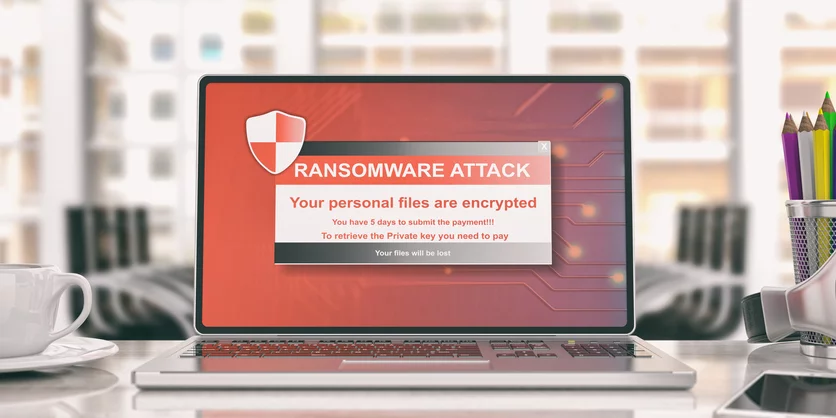
Ransomware has been a menace to businesses large and small for years, and the problem is only getting worse. One of the most insidious aspects of ransomware is its ability to spread through wifi networks, infecting multiple computers and devices.
This can cause severe disruptions to business operations, as employees are unable to access their files or applications. In some cases, ransomware can even render entire networks unusable. While there are steps that businesses can take to protect themselves from these attacks, such as implementing robust security measures and backing up data, the best defense is often proactive detection and response.
By ensuring that their networks are constantly monitored for suspicious activity, businesses can reduce the chances of being hit by a ransomware attack.
What Is Zero Trust Network Access?
At its core, a zero-trust network access policy is all about limiting access to sensitive data based on the security of a given endpoint. This means that if an endpoint cannot be verified, it won’t have access to any critical or confidential information on the network. By limiting access in this way, zero-trust policies help to protect against threats and keep data secure. They also ensure that only authorized and authenticated users can use and connect to services on their devices or computers. Overall, a zero-trust network access policy is essential for businesses looking to protect their most sensitive information and maintain their digital integrity.
Any effective security policy must consider the fact that employees are the weak link in the security chain. No matter how strong your technical defenses are, they can be easily circumvented if an employee accidentally discloses sensitive data. That’s why it’s crucial to have a policy that limits user access based on the trust level. By only allowing users to access the data they need to do their jobs, you can reduce the chances of accidental disclosure. And by requiring users to log into the system with a unique username and password, you can ensure that only authorized users are accessing the data. You can help protect your company’s sensitive data from accidental disclosure by taking these steps.
How Does Ransomware Spread Through A Network?
The increase in ransomware attacks is a serious concern for businesses of all sizes. Ransomware is a type of malware that encrypts a victim’s files and demands a ransom be paid in order to decrypt them. Attackers are constantly finding new ways to spread ransomware, and the amount of ransom demanded has been increasing.
This has led to businesses losing access to critical data and facing significant financial losses. The best way to protect yourself from ransomware is to have a good backup strategy in place. This will ensure that you can recover your data if you do become a victim of an attack. You should also make sure that your security software is up to date, and that you only download apps and software from trusted sources.
By taking these precautions, you can help to protect your business from the growing threat of ransomware attacks.
Who Does Ransomware Typically Target?
Despite ransomware becoming more prevalent in society, many people are still unaware of what it is and how it works. Ransomware is a type of malware that encrypts a victim’s files and holds them for ransom.
The attackers usually demand a ransom in cryptocurrency, which is difficult to trace. In some cases, the attackers will release the victim’s files after the ransom is paid; however, there is no guarantee that the files will be released or that they will be decrypted correctly.
Many times, the victims of ransomware attacks are left with no choice but to pay the ransom or lose their data forever.
Recently, ransomware has been used to target critical infrastructure, such as the Colonial Pipeline attack in 2021. This attack disrupted the flow of oil across the eastern United States. Cybercriminals have also started to target supply chains, such as when remote management software vendor Kaseya fell victim to the REvil ransomware.
These attacks have highlighted the need for organizations to be prepared for a ransomware attack and have a plan in place to respond quickly.
Securing Your Wireless Network From Spreading Ransomware
Business wireless networks are becoming increasingly popular as more and more people connect their devices to the internet. However, as the number of devices connected to the internet grows, so does the risk of cyberattacks.
One way to protect your business network from intrusion is to keep your wifi access password protected. Many routers come with a default password that is easy to guess, so it’s important to change it to something that is unique and difficult to crack.
In addition, it’s also a good idea to enable encryption on your router. This will make it more difficult for hackers to access your data. Finally, be sure to keep your router and firmware up-to-date with the latest security patches.
By following these simple steps, you can help protect your business’s wireless network from cyber threats and the spread of ransomware.
